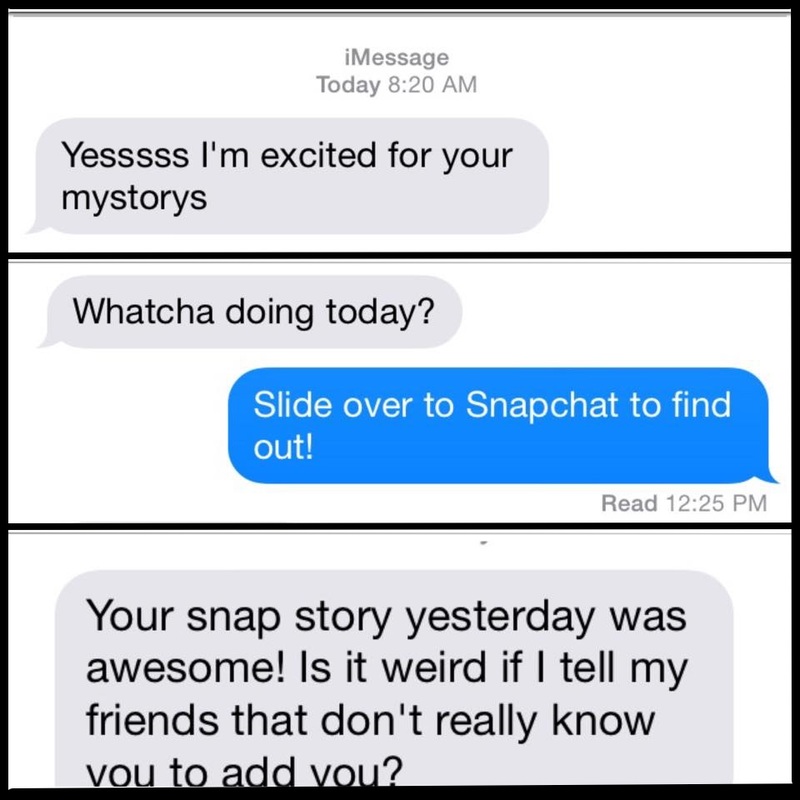|
Loyal readers out there will know that one of my goals for the semester is to test different digital media platforms for storytelling. Specifically, I am curious whether Instagram or Snapchat could be used alongside traditional text pieces.
I recently did an experiment with Snapchat to find out. The results: The app can be used for more than grainy concert videos and over-filtered selfies. Ahead of the upcoming Doors Open Milwaukee event, in which more than 150 Milwaukee locations will be free to visit, the Milwaukee Neighborhood News Service did an advance to feature six locations in the neighborhoods we cover. Visiting these places on a Saturday morning was a chance to test Snapchat's 'My Story' feature and provide followers with a semi-live broadcast of where I was going, who I was talking to and information about each location. I used Twitter to spread the word and gain a few new Snapchat followers.
Snapchat is an interesting platform for this kind of work. It has immediate benefits for news organizations by building hype for upcoming stories. The photos and videos, no matter how detailed, can never replace full articles. They can, however, build interest for readers to learn more and read future articles.
Next, using my personal account was a way for the story to reach an audience that may not be typical Milwaukee NNS readers. Even if they never see the final article, Snapchat raised awareness about the story and the news organization. Finally, it was excellent practice being forced to break information into bite-sized segments to display in a short photo or video. It challenged me to think about which elements were most important to share and how to present them.
For instance, I questioned whether to include a funny segment about how I became stranded at a bus stop -- I misread the stop and got off 30 blocks early. Would my followers appreciate that within the news story? Or should there be a hard line between the two? I did not want my story to take away from the story.
Next, it was difficult enough juggling the technology to capture the main story, on top of using Snapchat. I was already recording audio interviews, writing notes and taking photographs with a Nikon camera. Snapchat was an additional piece to include in my coverage. Several times I missed a Snapchat-worthy moment because I was taking pictures on the Nikon instead -- my editor will appreciate knowing that my Snapchat experiment was secondary to my actual reporting. Finally, Snapchat's unique 10-second video sharing feature was a hurdle. Getting someone to speak directly to the camera, on top of agreeing to be interviewed and photographed, was a challenge in it of itself. Getting all their words to fit in within 10 seconds was even tougher. Alex Hagler, the interview I included in the final piece, was a rockstar. He filled 10 seconds on his first try!
Snapchat has a lot of potential as a journalism platform, especially for field reporters. Several tweaks will be made to future pieces and I am curious to get feedback. For instance, does the content move too fast for people to follow? Also, I received several texts and pictures back from people who were following the story during the day. I am curious if there is a way for the coverage to be more interactive? Can it pair with Twitter?
What did you think? I would love to hear what your thoughts about Snapchat journalism. Send me a message on Twitter or connect with me on LinkedIn.
1 Comment
|
A chance to see the world from the perspective of a 6-foot-2, aspiring human rights journalist. Will include lessons learned and reflections.
Archives
April 2016
|

